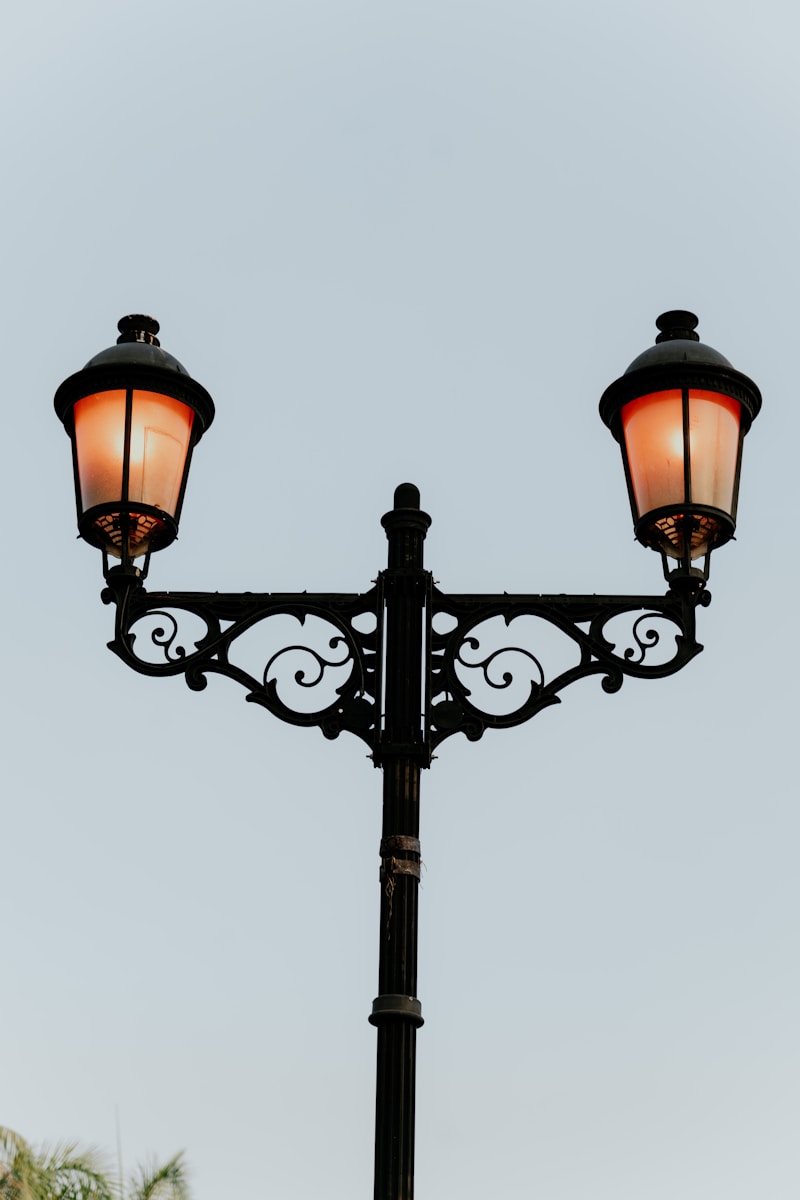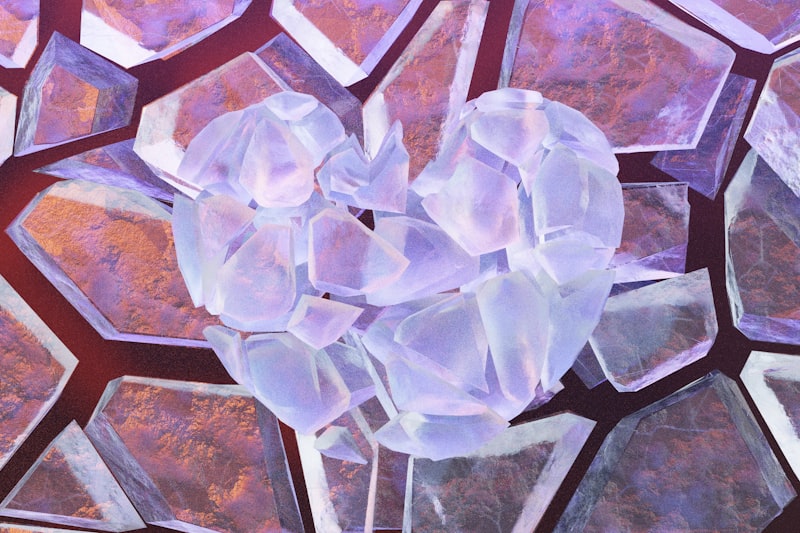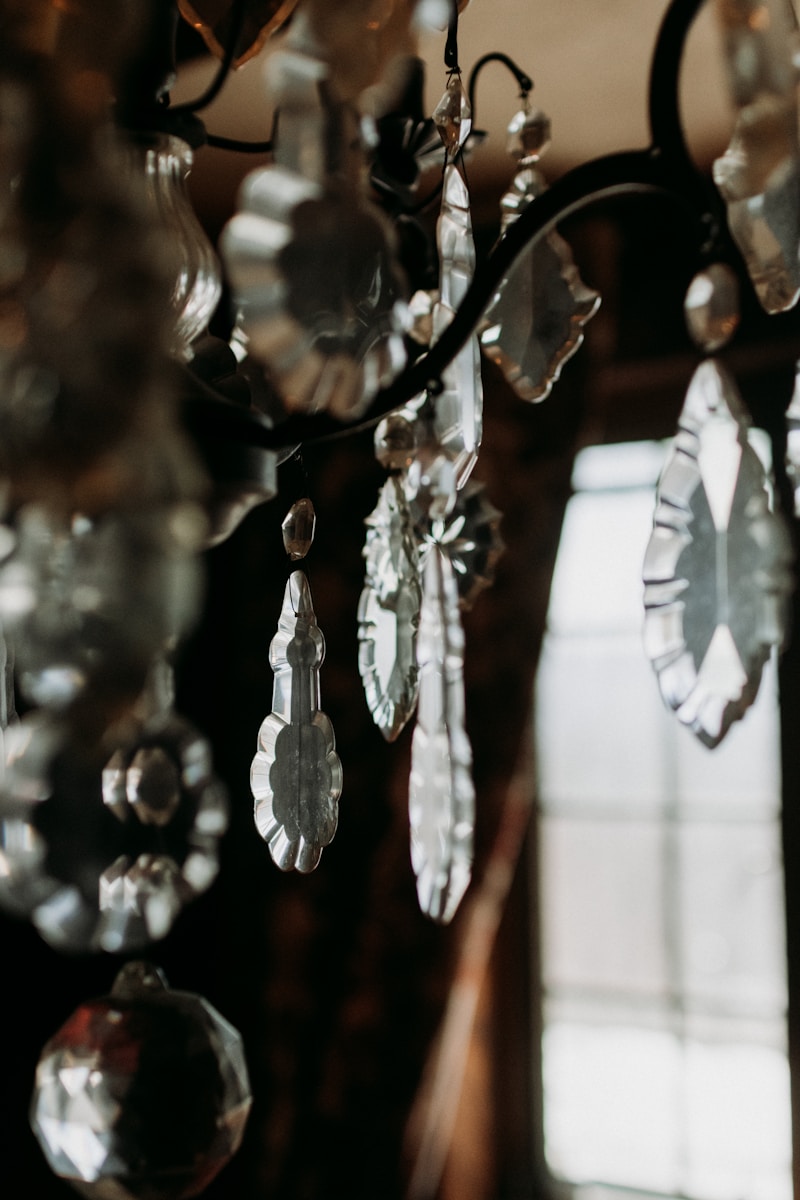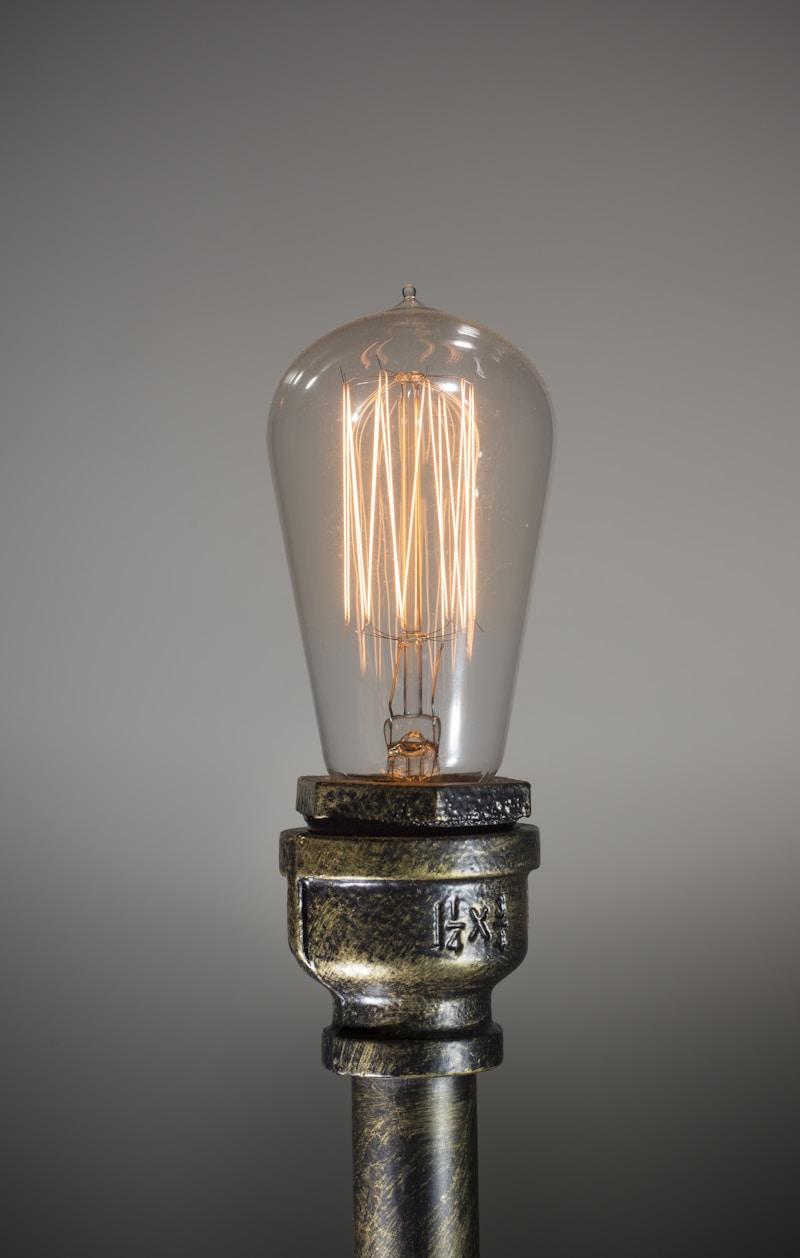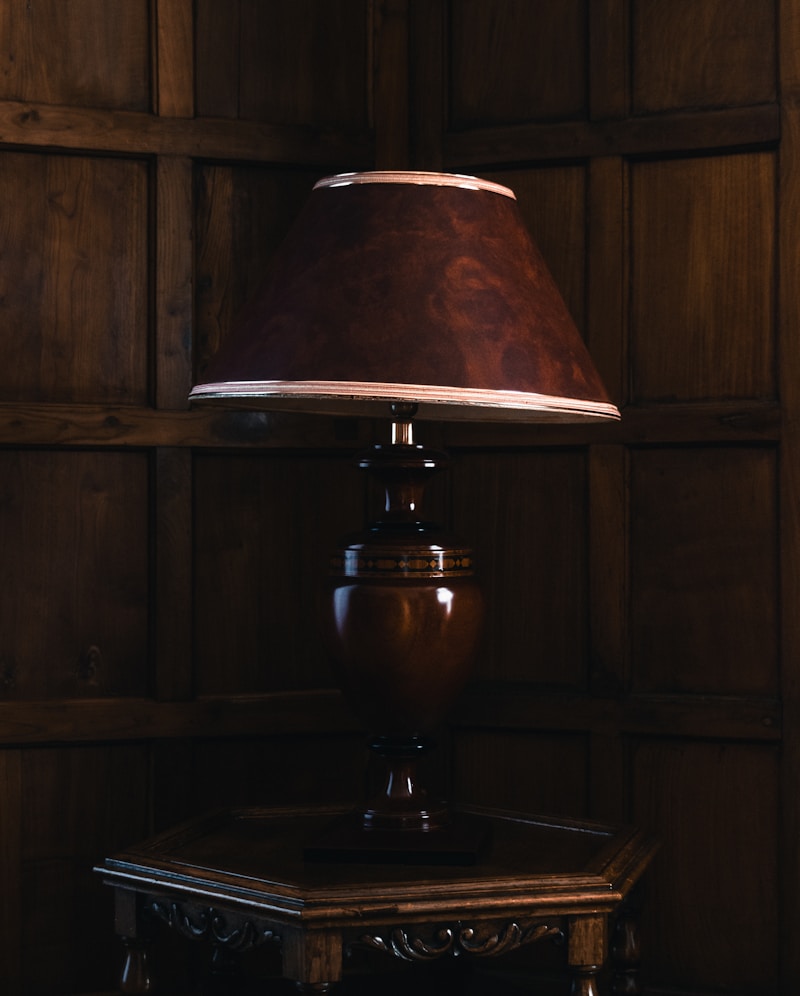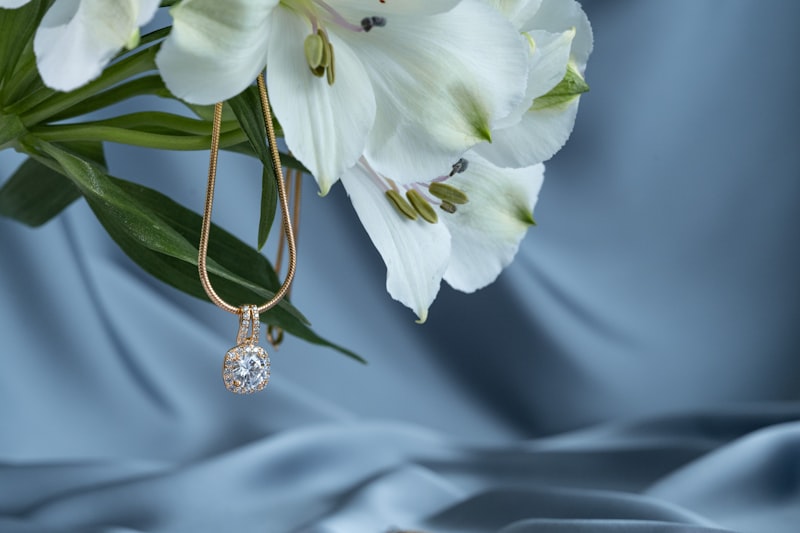Exploring the Craftsmanship and Artistry in Nordic Lighting
When it comes to home decor, few trends resonate as deeply as the unique blend of craftsmanship and artistry found in Nordic lighting designs. The Nordic region, known for its stunning natural landscapes and rich cultural heritage, has given rise to a distinctive approach to illumination that combines functionality, aesthetic beauty, and sustainability. In this article, we will delve into the various aspects of Nordic lighting, explore notable designers and brands, and highlight the influence of craftsmanship and artistry on contemporary designs.The Essence of Nordic LightingNordic lighting stands out due to its thoughtful designs that embrace simplicity and minimalism. The primary principle behind this aesthetic is to create harmonious spaces that enhance the natural beauty of a room while providing ample light. Notably, Nordic designers pay homage to traditional craftsmanship while integrating modern technologies and sustainable materials. The result is a collection of lighting fixtures that are not only visually compelling but also environmentally friendly.Key Characteristics of Nordic LightingCharacteristicsDescriptionMinimalismFocus on clean lines and uncluttered spaces, emphasizing function over adornment.Natural MaterialsUse of wood, metal, and glass to create warmth and a connection to nature.FunctionalityDesigns are created not just for beauty but for practicality, catering to daily needs.SustainabilityCommitment to eco-friendly production processes and materials, re...
Illuminate Your Space: The Allure of Timeless Crystal Ceiling Fixtures
In the realm of interior design, lighting plays a crucial role in setting the mood and enhancing the aesthetics of a space. Among the plethora of lighting options available, timeless crystal ceiling fixtures stand out for their exquisite beauty and elegance. These fixtures not only illuminate a room but also serve as stunning focal points that reflect style and sophistication. In this article, we will delve into the world of crystal ceiling fixtures, explore their historical significance, design variations, and tips for incorporating them into your home. Along the way, we will answer common questions that homeowners and design enthusiasts often ask about these dazzling elements.Understanding Timeless Crystal Ceiling FixturesCrystal ceiling fixtures, often synonymous with luxury, are available in various shapes, sizes, and styles. They typically consist of intricate designs made from high-quality crystals that refract light beautifully, creating a sparkling effect when illuminated. Originating in the lavish ballrooms of European palaces, these fixtures have transcended time and trends, making them a popular choice for modern homes.The History and Evolution of Crystal LightingThe use of crystals in lighting fixtures dates back to the 18th century when the French began using crystal chandeliers to enhance their palatial homes. Over the centuries, the craftsmanship and design of these fixtures have evolved, embracing various styles from Baroque to contemporary. The traditional cr...
Enhancing Your Living Space: The Role of Crystal Elements in Home Decor
Crystals have long been associated with beauty, energy, and spirituality. Over the years, they have found their way into home decor, transforming spaces into serene, elegant environments. In this article, we explore the various ways crystal elements in home decor can elevate your living space, enhance mood, and even promote well-being.Understanding Crystal ElementsFirst, let's define what we mean by "crystal elements." These are decorative items made from natural or synthetic crystals, including chandeliers, vases, and various decorative objects. They can add a touch of glamour and sparkle to any room while also bringing unique energy attributes associated with different crystals.The Benefits of Using Crystal ElementsIncorporating crystals into your home decor goes beyond aesthetics. Here are some of the notable benefits:Visual Appeal: Crystals catch and refract light beautifully, adding an enchanting glow to your space.Positive Energy: Many believe that crystals possess unique energies that can promote positive feelings and reduce stress.Natural Aesthetics: Crystals can bring a touch of nature indoors, enhancing the organic feel of your home.Variety: Available in countless shapes, sizes, and colors, there is a crystal for every decor style.Popular Crystal Elements for Home DecorHere’s a table summarizing various types of crystals and their common uses in home decor:Type of CrystalCommon UsesAssociated BenefitsQuartzTable Centerpieces, BookendsStability, ClarityAmethystWall A...
Illuminate Your Space with Steampunk-Inspired Lighting Designs
Steampunk-inspired lighting designs have taken the world by storm, merging vintage aesthetics with modern functionality. Characterized by the use of metals, gears, and an overall industrial look, these lighting fixtures not only serve a practical purpose but also act as stunning conversation starters in any space. Whether you're an interior design enthusiast or simply looking to add a unique touch to your home, steampunk lighting can transform your environment into a warm, inviting, and artistically expressive haven. The Allure of Steampunk Design Originating from a blend of Victorian-inspired elements and industrial mechanics, steampunk incorporates historical styles into contemporary design. This genre creates a nostalgic connection to the past while integrating modern technology. Below are some key elements that define steampunk-inspired lighting designs: Materials: Copper, brass, and aged iron are commonly used, giving a rustic finish. Mechanics: Functional gears, pipes, and old-fashioned bulbs are staples in these designs. Artistry: Each piece often showcases intricate craftsmanship, highlighting an artisanal approach. Types of Steampunk Lighting Fixtures Steampunk lighting comes in various forms, each adding its unique flair to a room. Here are some popular types: Type Description Typical Use Table Lamps These lamps often feature exposed bulbs and metallic elements, giving an industrial feel. Perfect for des...
Illuminate Your Space with Classic Filament Light Bulbs: A Timeless Choice
Discover the Charm of Classic Filament Light BulbsIn an era dominated by modern technology and energy-efficient lighting, classic filament light bulbs continue to hold a special place in the hearts of many homeowners and designers. These vintage-inspired bulbs not only offer warm, inviting illumination but also evoke a sense of nostalgia that many find appealing. In this article, we will explore the unique features, benefits, and potential applications of classic filament light bulbs, along with tips on how to choose the right ones for your space.What Are Classic Filament Light Bulbs?Classic filament light bulbs, often referred to as Edison bulbs, are designed to mimic the look and feel of early incandescent lighting. They typically feature a visible filament, which emits light when heated. These bulbs come in various shapes and sizes, allowing for a wide range of design possibilities.Features of Classic Filament Light BulbsWhen it comes to classic filament light bulbs, several distinctive features set them apart from other lighting options: Warm Color Temperature: Most classic filament bulbs emit a soft, warm glow ranging from 2000K to 2700K, creating a cozy atmosphere in any room. Aesthetically Pleasing Design: The exposed filament adds a unique visual element, making them a favorite for decorative lighting. Variety of Shapes: Available in numerous shapes, such as globes, candlesticks, and vintage styles, these bulbs can complement various interior designs. Comp...
Bridging the Ancient with Modern Lighting Solutions: A Harmonious Blend of Tradition and Innovation
In an era where innovation meets tradition, the lighting industry has seen an incredible transformation. From the soft flicker of ancient oil lamps to the energy-efficient brilliance of today’s LED lighting, the journey has been fascinating. This article delves into the realm of bridging the ancient with modern lighting solutions, exploring how contemporary designs can pay homage to historical aesthetics while delivering efficiency and sustainability.The Historical Significance of LightingLighting has been an integral part of human civilization, evolving from natural light sources like the sun and moon to artificial illumination that shaped our lives and environments. Ancient civilizations such as the Egyptians used oil lamps, while the Romans developed more sophisticated candle-making techniques. These lighting solutions not only served functional purposes but also held cultural and religious significance.From Ancient Oil Lamps to Modern LED TechnologyToday, we have transitioned to modern lighting solutions, particularly LEDs which are heralded for their energy efficiency and long lifespan. This transition raises the question: how can we marry these modern technological advancements with the aesthetics of ancient lighting? The answer lies in design innovation that respects traditional forms while incorporating the latest technologies.Comparison of Ancient and Modern Lighting SourcesAncient LightingModern LightingSourceOil / CandleElectricity (LED / Fluorescent)EfficiencyLowH...
Bespoke Crystal Lighting Solutions: Illuminating Your Space with Elegance
In the world of interior design, lighting plays a crucial role in setting the ambiance and tone of a space. Among the myriad options available, bespoke crystal lighting solutions stand out as a luxurious choice that embodies craftsmanship, elegance, and individuality. This article explores the charm of bespoke crystal lighting, its benefits, and how it can contribute to your home or office's overall aesthetic.What are Bespoke Crystal Lighting Solutions?Bespoke crystal lighting solutions refer to customized lighting designs that feature high-quality crystal materials, tailored to meet the specific needs and preferences of the client. This kind of lighting not only serves the functional purpose of illumination but also acts as a statement piece, enhancing the overall décor of a room.The Art of PersonalizationOne of the most significant benefits of bespoke lighting is its personalization. Clients can select from various design elements, such as:Design StyleChoose from contemporary, traditional, or eclectic styles.Crystal TypeSelect different types of crystals, including cut glass, lead crystal, or Swarovski.Size and ScaleCustomize the size to fit spaces from cozy rooms to grand ballrooms.Color and FinishPick finishes such as gold, silver, or chrome to match the interior.This level of customization ensures that each piece is unique, reflecting the client’s style and the ambience they wish to create.Why Opt for Bespoke Crystal Lighting?The choice of bespoke crystal lighting soluti...
